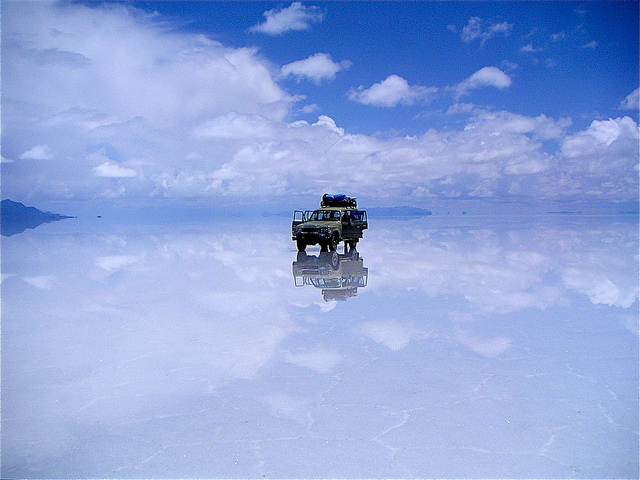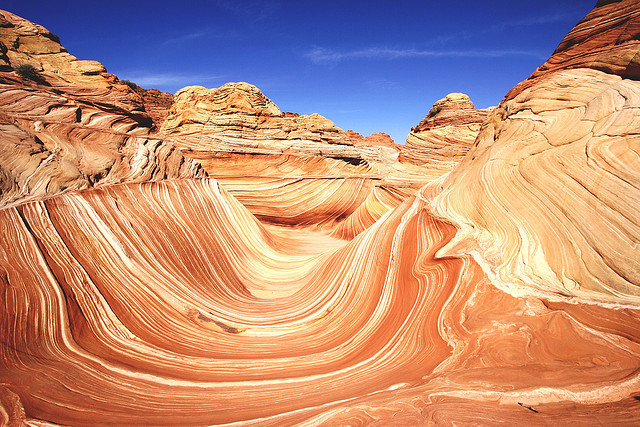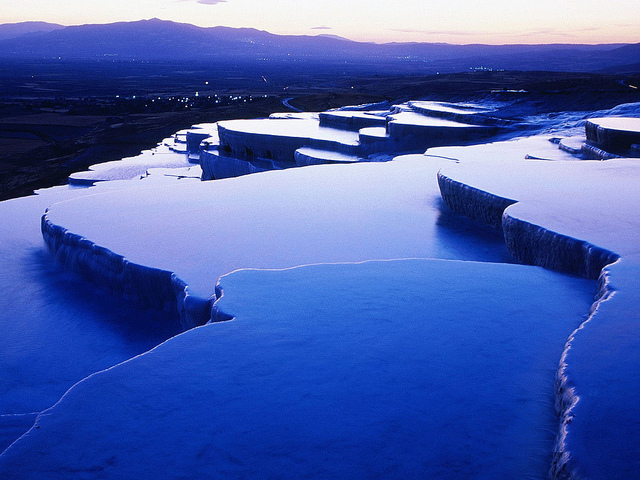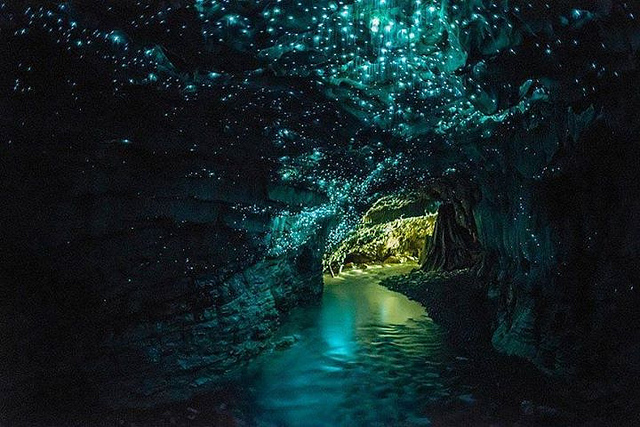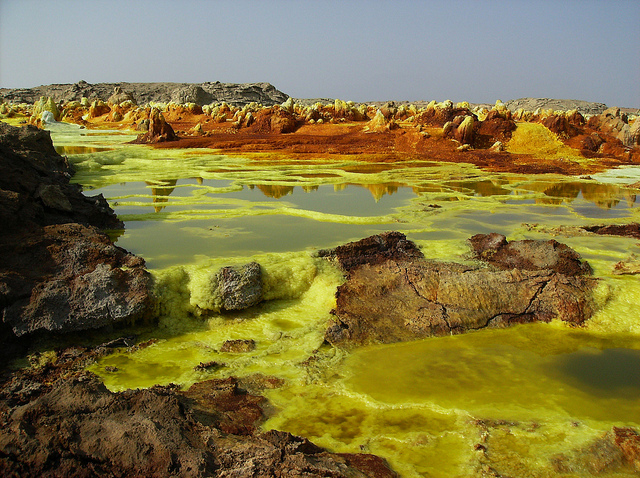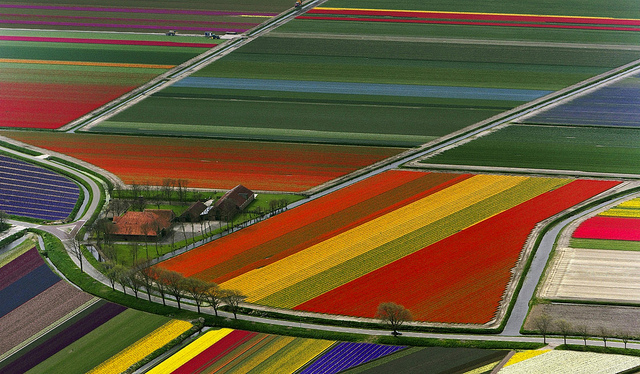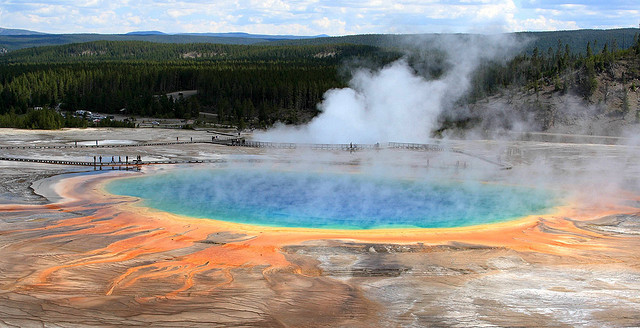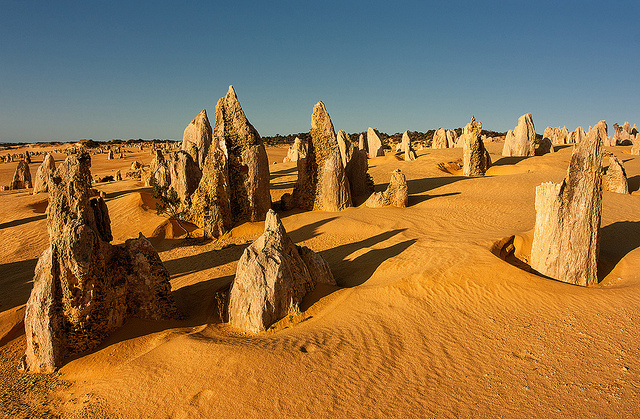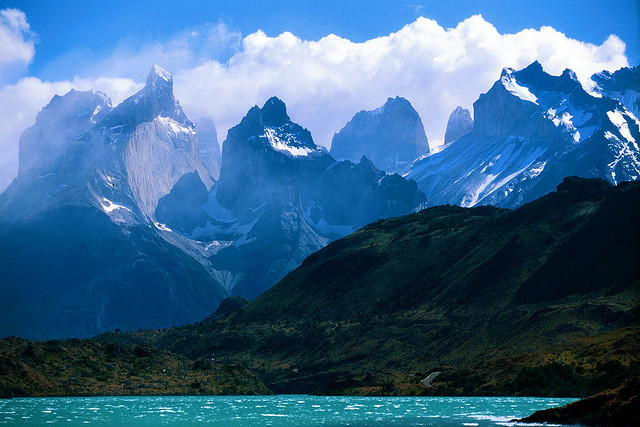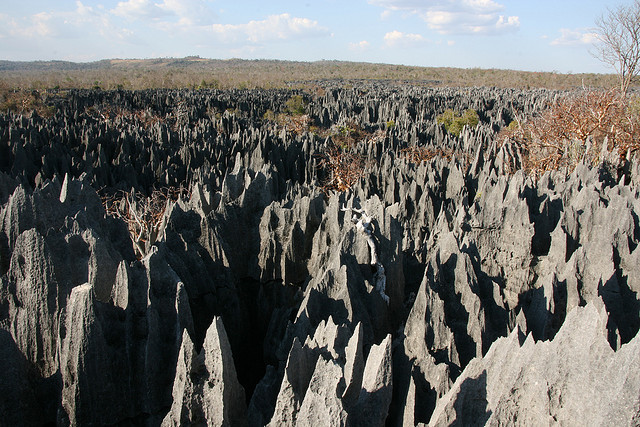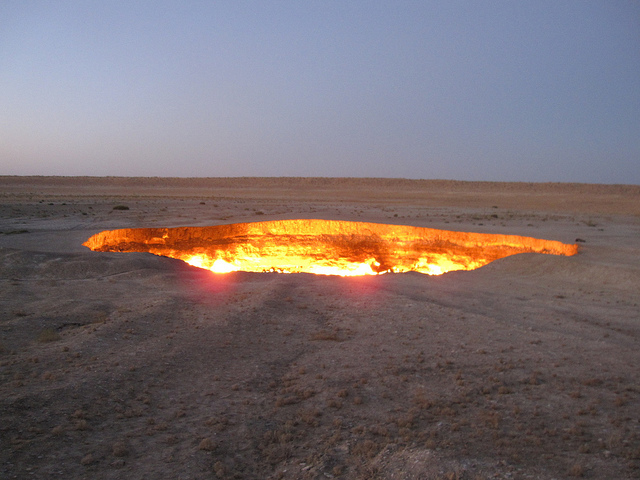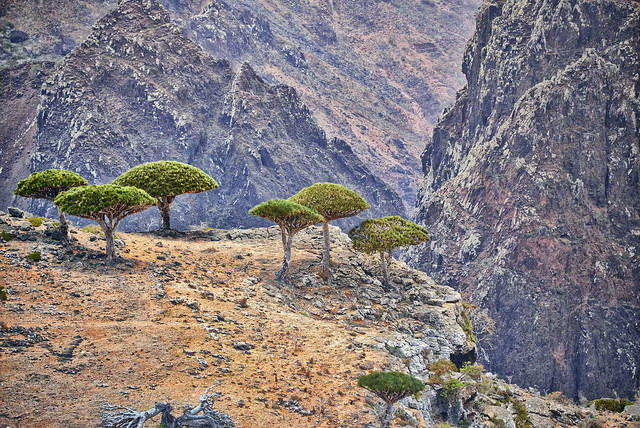12 Landscapes that Belong on Another Planet
By Liza Bayless
In the bustling cities that hold so much of the world’s population, it’s easy to forget that our planet is full of vast spaces and unimaginable wonders. Sure we’ve all seen photos of the highest, grandest, and most beautiful places around the globe; it’s not too difficult for most of us to visualize Mount Everest, the Grand Canyon, or the lush Hawaiian isles. But sometimes earth is unpredictable, surprising us with vistas that look like they belong in sci-fi films. What follows are some of the most extreme landscapes around the world. Have we missed any?
Salar de Uyuni: Bolivia
Located in southwestern Bolivia, Salar de Uyuni is the world’s largest salt flat, over 4,000 square miles of thick-crusted salt covering a brine pool. It is one of Bolivia’s most popular tourist attractions for good reason; during the dry season (April–November), it’s an unbelievable expanse of white flatland, cracked in a captivating mosaic of hexagonal shapes. Perhaps even more stunning is Salar de Uyuni during the wet season (December–March), when a small layer of water covers the flat, acting as an immense mirror reflecting Bolivia’s clear skies.
The Wave: Arizona, U.S.A.
A Jurassic-aged sandstone rock formation near the Arizona-Utah state border, “The Wave” was originally shaped through erosion due to water runoff coming through the rocks. The basin that once drained water into the stone has since depleted, but wind continues to corrode the surface. Though extremely popular among photographers and outdoor enthusiasts, seeing the site is an involved process; the Bureau of Land Management issues only twenty permits per day. Ten of these are provided in a lottery multiple months before the intended time of visit, and the remaining ten are given in a second lottery that takes place the day before.
Pamukkale: Turkey
Located in the Denizli province in southwestern Turkey’s Aegean region, Pamukkale is a collection of natural hot springs. Terraces are formed through deposits of minerals accumulating as the spring water flows downwards and later hardens into the sedimentary rock, travertine. For thousands of years, people have bathed in these pools, now a UNESCO World Heritage Site. Current access to tourists is limited to smaller pools aside from the terraces.
Waitomo Glowworm Caves: New Zealand
Viewing the glowworm cave at Waitomo on New Zealand’s North Island is a spectacular experience. Guided tours begin in the top level of the cave, exploring catacombs first, and then work downwards until reaching “The Cathedral,” a soaring, nearly 60-foot high enclosure. Finally, visitors hop upon a boat for an expedition down the Waitomo River, lit solely by the miraculous bugs for which the caves are named.
Dallol Volcano: Ethiopia
Hot springs surround the area of Dallol volcano in the Danakil Depression of northeastern Ethiopia. The highly acidic pools are spotted with salt formations created by rising water and the crystallizing that takes place as it evaporates from the extreme heat in the region (Dallol is, on average, one of the hottest places on the planet).
Tulip Fields: The Netherlands
Midway through March to the end of May is tulip season in the Netherlands, transforming fields into works of art and aerial wonders. The majority of the growing is found in the Flevoland province, only half an hour from Amsterdam. The country produces an estimated 3 billion bulbs each year, most to be exported.
Grand Prismatic Spring: Wyoming, U.S.A.
The United States’ largest hot spring (the world’s third largest) is located in Yellowstone National Park. The bacteria that grow on the outer edges of the spring are responsible for producing the vivid hues that sprout outwards from its deep blue center. Because the shades depend on ratios of different bacteria in the water, the outer colors of the water change seasonally (some temperatures are more conducive to one species of bacteria than another). The spring reaches a depth of 160 feet in the center, where the water is sterile due to high temperatures.
Pinnacle Desert: Australia
Limestone formations make up the pinnacles in Western Australia’s Nambung National Park, located near the town of Cervantes. Though it’s known that they were structured from the sand of crumbled seashells blowing inland, there is debate on the specifics of the formation process. Many theories posit that plants played an active role in creating the odd shapes that now remain in the middle of the desert. The national park is a popular tourist destination, best seen from August to October when wild flowers are in bloom, and during sunrise and sunset. At times, emus or kangaroos can be spotted wandering the area.
Torres del Paine: Chile
A national park in southern Chile’s region of Patagonia, Torres del Paine boasts one of the most phenomenal mountain landscapes in the world. The vibrant blue lakes surrounding the park add to the otherworldliness of the stunning view.
Tsingy de Bemaraha: Madagascar
Another UNESCO World Heritage Site, the national park is comprised of caverns and plateaus formed through both vertical and horizontal corrosion of limestone. The unusual structuring of the rocks has ensured that the area is home to a large collection of endemic species, ones that are able to cling to steep surfaces and survive in the tight areas between tsingys. By the way, the word tsingy, from the Malagasy language, means a place where one is not able to walk barefooted—an accurate description!
Door to Hell: Turkmenistan
In the middle of the Karakum desert burns the gas field of Turkmenistan’s “Door to Hell.” In 1971, Soviet scientists discovered the area and began to drill and store oil. The ground collapsed, leaving a pit 230 feet in diameter that began to release large amounts of dangerous methane gas. Rather than spending time and money to extract the poisonous gas, the scientists opted to burn it to prevent it from reaching and harming villages nearby. More than forty years after its lighting, the pit continues to burn as one of the largest gas reserves in the world.
Socotra: Yemen
Socotra is a small archipelago of four islands off the coast of Yemen. Its main island has been on many lists as the “most alien place on the planet,” because a third of its plant life (roughly 700 species) can’t be found anywhere else on Earth. It’s now a UNESCO World Natural Heritage Site.






